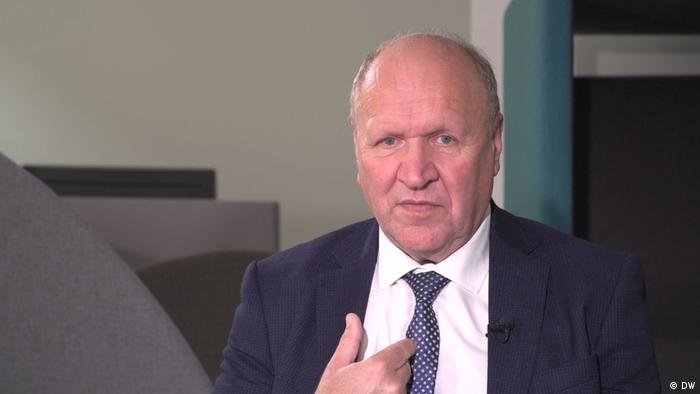Whatever happened to Deborah Birx?
BY BRETT SAMUELS - 10/18/20
Deborah Birx is nowhere to be found at the White House these days.
Though she retains the title of coordinator of the White House coronavirus response, Birx has not attended any of President Trump's press briefings on the pandemic since he started them anew in late July, nor was she at a recent event to tout the administration's advances in testing.
Instead, Birx has been on the road, visiting 36 states and 27 different colleges and universities since the end of June to meet with state, local and university leaders to advise on best practices for containing the coronavirus and to gather information on what's been working in each place.
Olivia Troye, a former coronavirus task force adviser who worked with Birx and is now a Trump critic, said White House officials grew irritated by Birx's detailed and data-heavy presentations in the early summer that showed emerging hot spots and difficulties getting the virus under control. Some officials rolled their eyes as Birx delivered a message that clashed with the administration's preferred narrative that things were improving, Troye said.
The frustration preceded a push to get Birx out on the road to meet with state and local leaders, multiple officials familiar with the discussions said. She last appeared publicly alongside Trump in an early August Oval Office meeting with Arizona Gov. Doug Ducey (R).
"It’s convenient because they don’t want her at the White House and don’t want her at the podium,” Troye said. “But in many ways it probably ended up being better for her."
Administration officials and those who have met with Birx recently say she remains a vital resource and argue that she may be more comfortable being away from Washington, D.C., where she had to navigate the politics of the White House. She often drew criticism for praising Trump publicly while attempting privately to impress upon others the seriousness of the situation.
But her absence is a sign of how Trump has spurned the same doctors who were the face of the coronavirus response in the early months of the pandemic in favor of advisers who align with his views.
She has joined the likes of Anthony Fauci, Centers for Disease Control and Prevention Director Robert Redfield, and Surgeon General Jerome Adams as fixtures of White House briefings from February to April who have since been relegated to the background, while Scott Atlas, who is not an epidemiologist and has pushed the controversial herd immunity theory, has gained the president's ear.
ADVERTISEMENT
Unlike Fauci, Birx no longer appears on Sunday morning shows or cable news. Those appearances proved problematic at times for Birx, as she would often be pressed to contradict or call out the president's latest misleading or questionable comments about the pandemic.
“She navigates the political atmosphere much better than a lot of the doctors at times, but it’s exhausting, and I’ve certainly seen it firsthand, and I’ve certainly seen it weigh on her,” said Troye, who left the White House in July.
The White House coronavirus task force provides tailored recommendations to governors and health commissioners, and Birx’s travel has been a key component of understanding their problems and offering guidance, an administration official said.
“Dr. Birx continues to lead the Task Force and travel the country working hand-in-hand with Governors and local health officials to ensure we are defeating this virus at the local level with federal support,” White House deputy press secretary Sarah Matthews said in a statement.
Birx did not respond to a request for comment for this story.
Vice President Pence tapped Birx in late February to coordinate the White House coronavirus response when there were just 60 known COVID-19 cases in the United States. Birx was appointed by former President Obama in 2014 as an ambassador-at-large to lead the country’s global efforts to combat HIV/AIDS.
She became a fixture at press briefings early in the coronavirus pandemic. Her scarves spawned parody Instagram accounts, and she and Fauci emerged as authoritative voices at the White House. But as Trump and others in the building pushed for states to lift restrictions and insisted the country was rounding the turn on the pandemic, Birx appeared less frequently.
Since then, cases have spiked around the United States. The country recorded more than 60,000 new infections on Thursday. Officials in Wisconsin, Montana and other states have raised concerns that their hospital systems could soon be overwhelmed.
Those who know Birx or who have met with her in recent weeks have universally praised her professionalism and helpfulness. They say she is simply looking for ways to be most effective in an administration where the president has repeatedly contradicted and ridiculed his own top health officials.
"It is really, I would say, close to impossible to do anything reasonable with this White House. And she tried initially inside, and now what I think she's trying is she's trying outside," said Carlos del Rio, an infectious disease expert at Emory University who has worked with Birx through her role in the State Department.
"I think she’s trying to figure out how can she do the best in, quite frankly, a very complicated environment," he added.
Birx has recently visited states such as Alabama, Connecticut, Maine, Massachusetts, Mississippi, New Hampshire, New Jersey, New York, Pennsylvania, Rhode Island, South Carolina and Texas. Birx told one university president she met with that she’d traveled more than 16,000 miles over the last few months.
Birx typically meets with college and university leadership during those stops and occasionally with governors and local officials. Each visit tends to include press briefings with local media. She discusses the importance of masks and physical distancing, and she has urged students to be mindful of the risks when they return home for Thanksgiving and interact with family.
“It was a very buttoned-up visit, I would say,” said Max Reiss, communications director for Connecticut Gov. Ned Lamont (D). “It had a very clear public health focus the entire visit. She met with the governor one-on-one. She met with the heads of the [University of Connecticut] system one-on-one.”
Birx last week visited Stony Brook University in New York to meet with school leaders, researchers and students. She also met with leaders of the university’s hospital, which was inundated in the early months of the pandemic.
Stony Brook President Maurie McInnis said Birx was interested in how the school had maintained such a low case load during the fall semester and had gotten widespread compliance from students to wear masks.
“We were all really just both enormously appreciative and learned so much from her visit, and I think it sharpened our thinking about winter and the important messaging that we are going to need to follow,” McInnis said.
Even hundreds of miles away, though, it’s impossible for Birx to completely separate herself from the latest White House controversies.
During a recent trip to New Jersey, Birx danced around a question about the president attending a fundraiser the same day he tested positive for COVID-19. In Connecticut, local media asked her about Trump’s claim that Americans shouldn’t be afraid of the virus. And during her stop at Stony Brook, reporters asked what Birx made of Trump’s treatment when he had the virus, McInnis said.
“At the press briefing, she got several questions from reporters [about Trump], and she very deftly did not answer them,” McInnis said. “She was very focused on her message, which is the public health message, what we all need to be doing to be safe and keep coronavirus at low levels.”







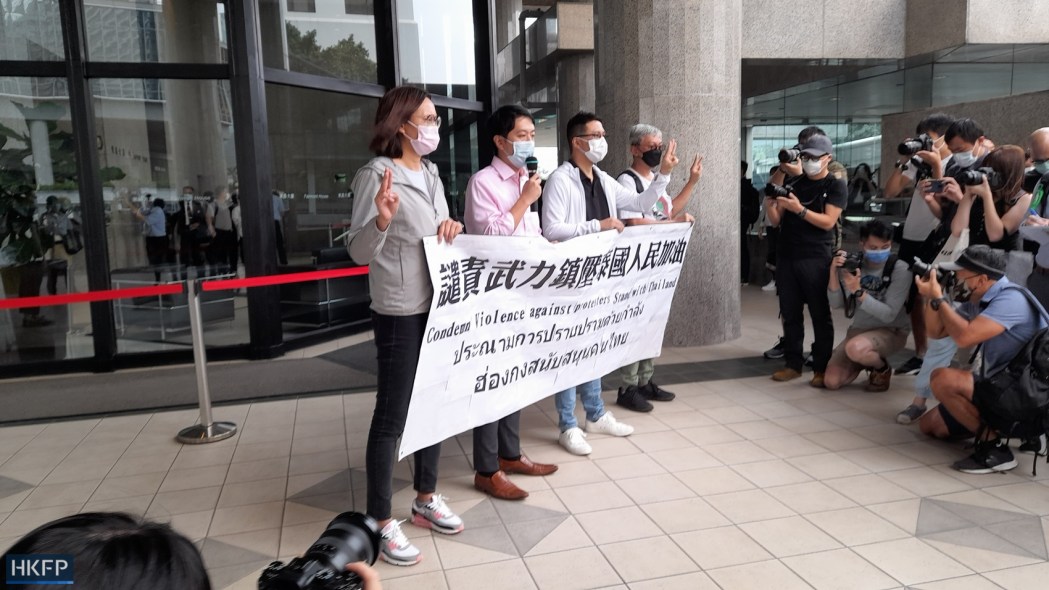

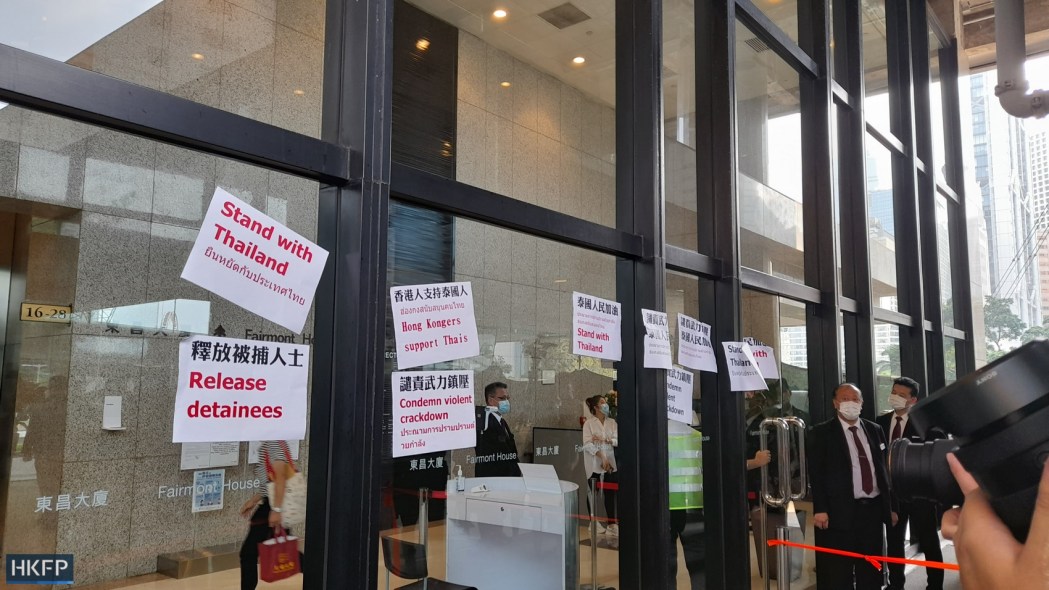
 (@joshuawongcf)
(@joshuawongcf) 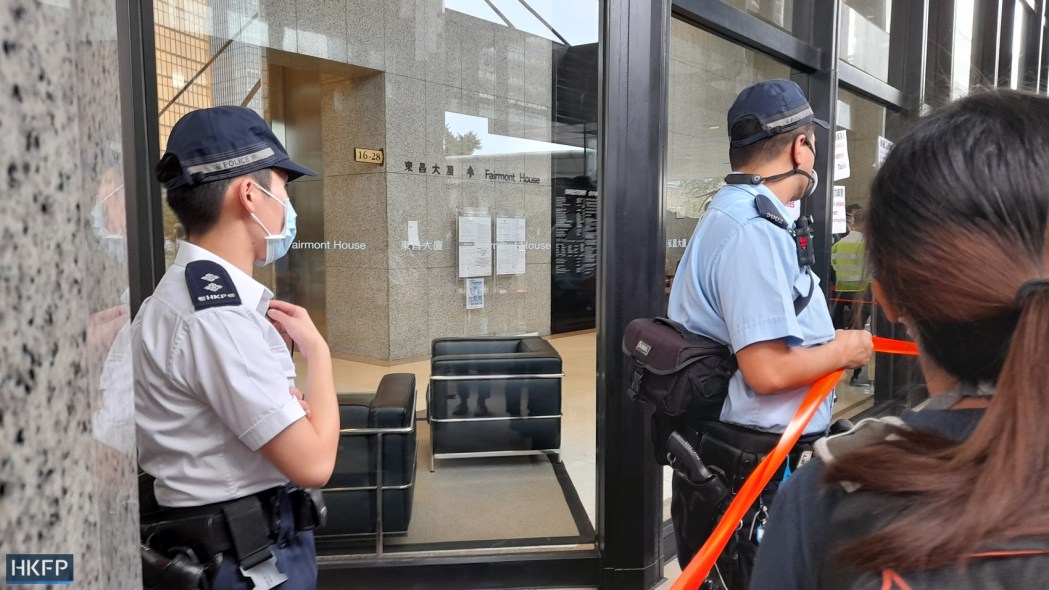
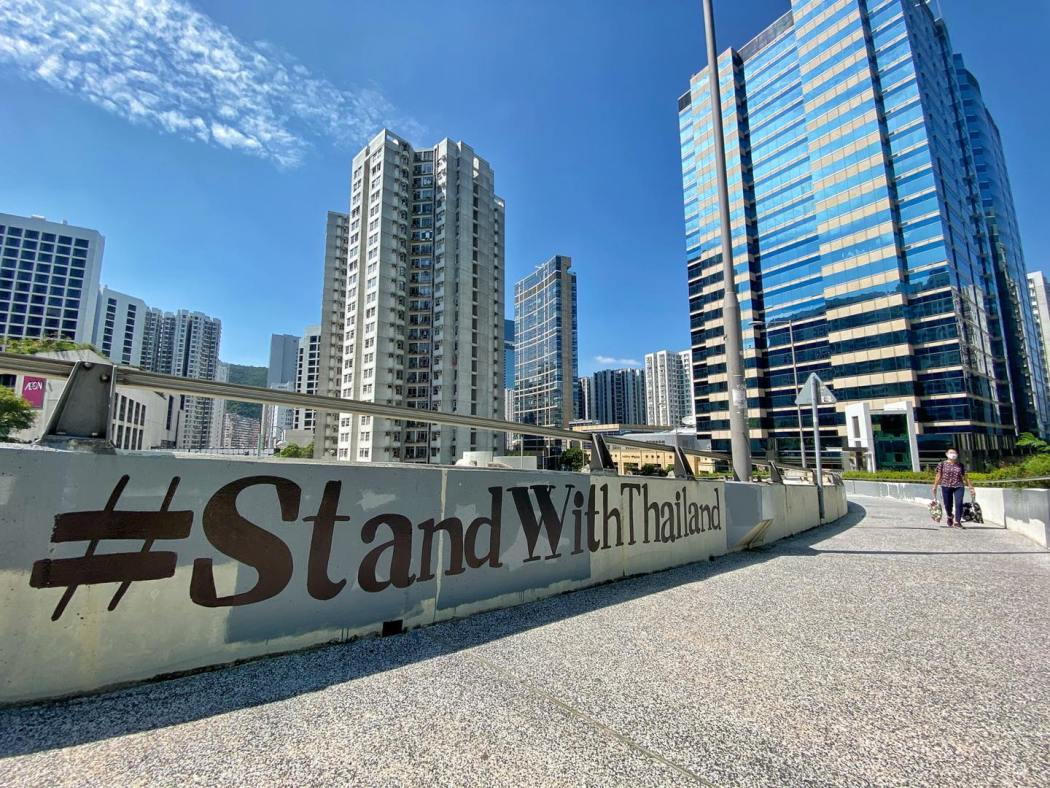

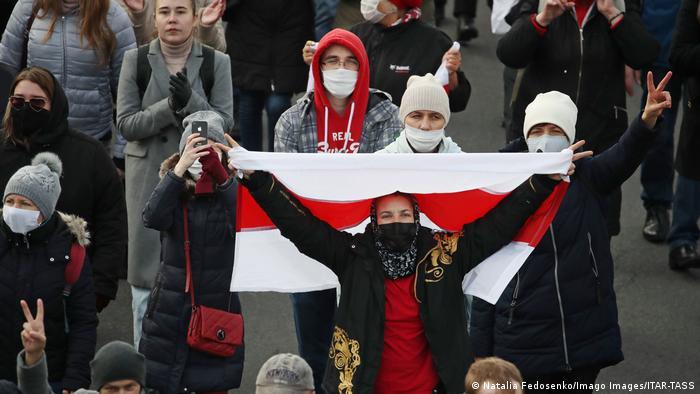


/cloudfront-ap-southeast-2.images.arcpublishing.com/nzme/E7ODVRPMKVBCF2H7LFB34H5CZI.jpg)
/cloudfront-ap-southeast-2.images.arcpublishing.com/nzme/DCM62JURL3YDGUTF4VP6KPW4JY.jpg)
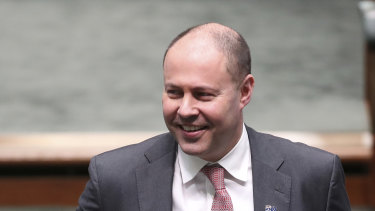

/cloudfront-ap-southeast-2.images.arcpublishing.com/nzme/L36AJW7USE3SUFFDZAI35ATHDM.jpg)
/cloudfront-ap-southeast-2.images.arcpublishing.com/nzme/ZU6CK46JKQICPWRB7ZO637GNJ4.jpg) Philadelphia firefighter John Elam talks to reporters during a press conference. Photo / AP
Philadelphia firefighter John Elam talks to reporters during a press conference. Photo / AP/cloudfront-ap-southeast-2.images.arcpublishing.com/nzme/X25AIXM5MXBRPDW2TENVQTQMGA.jpg)

